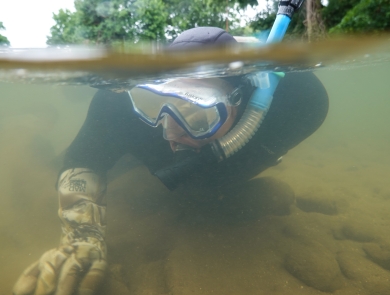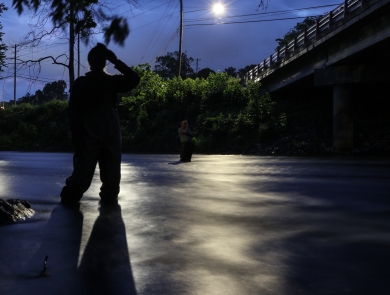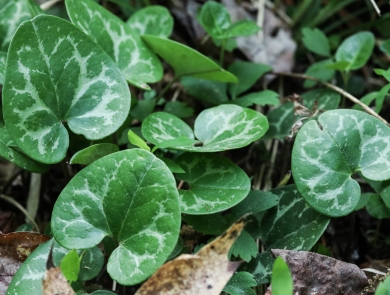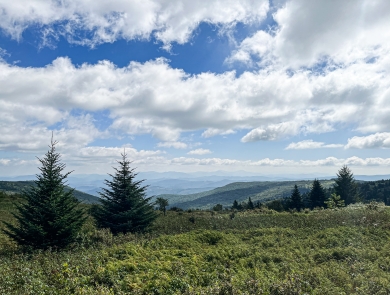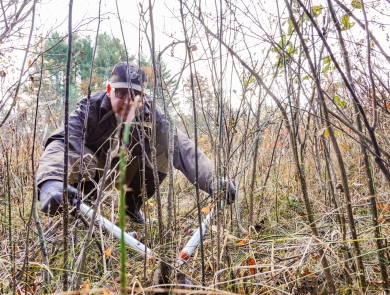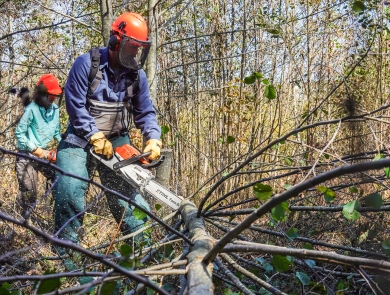The Southeast Region carries out this mission within the states of Alabama, Arkansas, Florida, Georgia, Kentucky, Louisiana, Mississippi, North Carolina, South Carolina and Tennessee, as well as Puerto Rico and the U.S. Virgin Islands. Our regional office is located in Atlanta, Georgia.



